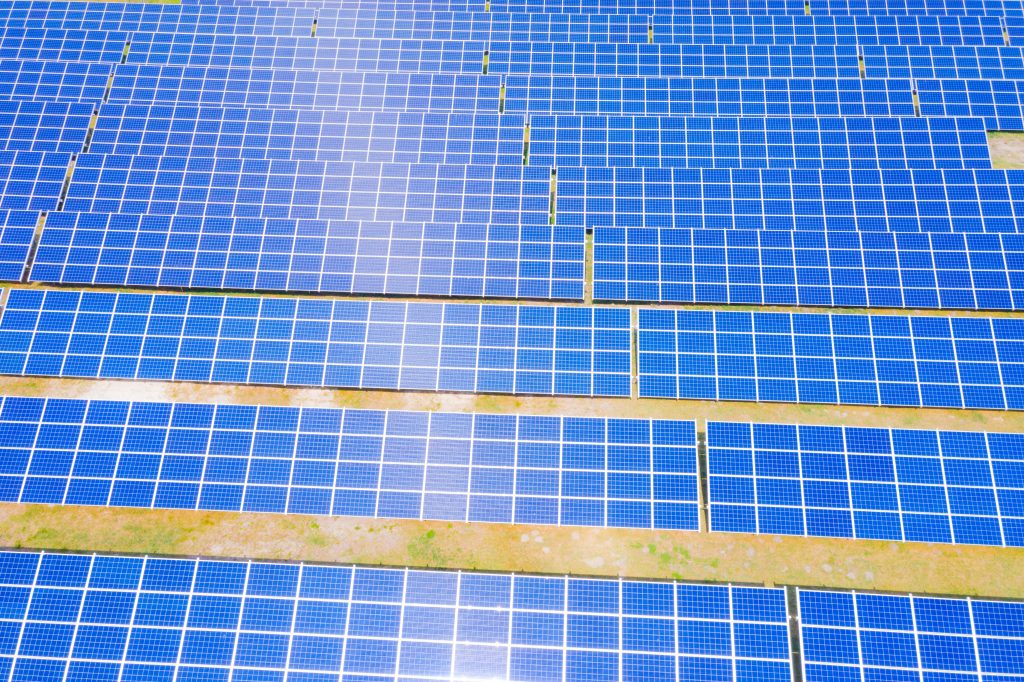Rashid Zia
ACS Photonics
Introduction
As energy production is continuously shifted to renewable energy sources, perovskites are heavily researched for their applications in solar cells promising higher efficiencies than current devices based on silicon. Current research on perovskite-based photovoltaics tries to overcome the short lifetime of devices made of this material as well as understand the detailed physics during the energy conversion process.

Researchers associated with Rashid Zia from Brown University (USA) describe in a recent publication in ACS Photonics that understanding these intrinsic properties helps improve design, engineering and fabrication of perovskite-based devices as well as guide further developments in this area.
Furthermore, the absolute limit of efficiency achievable with perovskite-photovoltaics is not yet known. The transport of charge carriers is a main influence of device performance. To quantify the behavior of transport in perovskites the team around Prof. Zia has developed a time-gated photoluminescence imaging technique with sub nanosecond time resolution. For detection their setup uses a PI-MAX4 emICCD with gate width down to 500ps.
To acquire the weak photoluminescence signal the camera operates by accumulating signal from several hundreds of thousands of photoluminescence decays acquired with 10kHz repetition rate. By changing the delay between excitation laser pulse and gate opening the diffusion of charge carriers can be directly imaged on the ns level. The technique is compatible with low signal emission from the rapidly diffusing charge carriers unlike transient absorption measurements. Also, the technique speeds up data acquisition by observing a large sample area unlike point scanning methods based on fast photodetectors such as avalanche photodiodes.

